What Is Planet?Description Of Nine Planet.
What is planet?
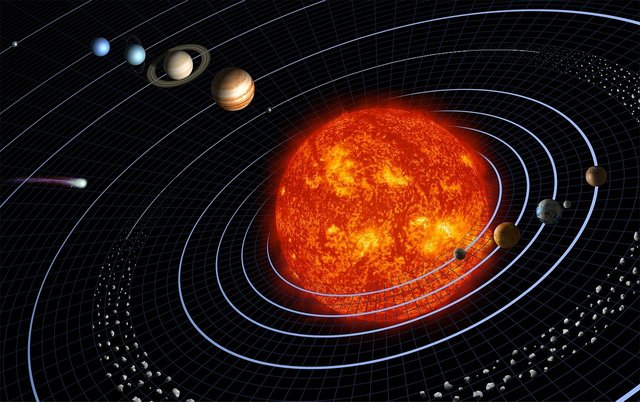
Image source
The planets mean astronomical objects to any object in the universe which has the capacity to contain spherical forms only due to its gravitational force, whose mass is not sufficient for the heat-nuclear reaction to produce energy like the sun, and that removes all the small objects in its surroundings or its own Has taken in between. Generally, the planets rotate around some other star or stellar debris, but many have expressed their likelihood of exception. The planet's English synonyms are rooted in ancient times, with which many historians, scientists , Mythological and religious matters In many cultures of ancient times, the planets were considered to be heavenly or deities of gods. With the increase of the knowledge of human knowledge, this concept has also changed. We now know that they are nothing but astrological objects. In 2006, the International Astronomical Union determined a clear definition of the planets of the solar system through a formal decision. According to this modern definition, only 8 of the planets discovered before 1950 were kept in the status of the planet. But some things like Ceres, Pulas, Juno, Busta and Pluto, some of which were formerly called scientists, were all dropped from the planets list.
Greek astronomer Ptolemy believed that the planets rotated around the world with some variables and epicycles. This concept is proposed several times before the planets that are rotating the sun, but it is clearly proven for the first time in the seventeenth century through observations made by Galileo Galilei's telescope. By analyzing the observed data, German astronomer Johannes Kepler concluded that the orbits of the planets were not round, but rather elliptical. As the astronomer's observation machine improves on day-to-day, it is gradually known that the other planets are rotating the axis a bit and many have polar ice and seasonal changes just like the Earth. Some recent studies have said that other caves have earthquakes, hurricanes, plate tectonics and even water.
The planets are divided into two main parts: large low-density gaseous monsters and rocky terrestrial planets. The number of planets in the solar system is eight. The first four planets are geologic, namely, Mercury, Venus, Earth, and Mars, when the sun goes outward. After that four giant monsters: Jupiter, Saturn, Uranus and Neptune. Of these six planets have one or more satellites. In addition to the IAU definition, there are 6 dwarf planets, and many other dwarf planets are waiting to be listed, and there are thousands of small solar world objects.
Since 1992 many planets have been discovered around other stars in the galaxy, which are called extrovert. The number of extrapolation discovered in the year 2013 is 889, the total number of planets in the world is 694, and the total number of planets in the total number is 133. Their size and mass may range from Earth to greater than Jupiter. On December 20, 2011, Kepler's space telescope announced the first world-scale expansion, Kepler 20e and Kepler 20f. They are rotating around the Kepler 20 star. A 2012 study has suggested that there may be at least 1.6 planets around each galaxy, and there may be many lonely planets that do not rotate a star. Scientists of the Harvard-Smithsonian Center for Astrophysicists in January announced that the size of the galaxy is comparable to the Earth There is a possibility of at least 17 billion expansions that can circulate their star once in 85 days or less.
Mercury
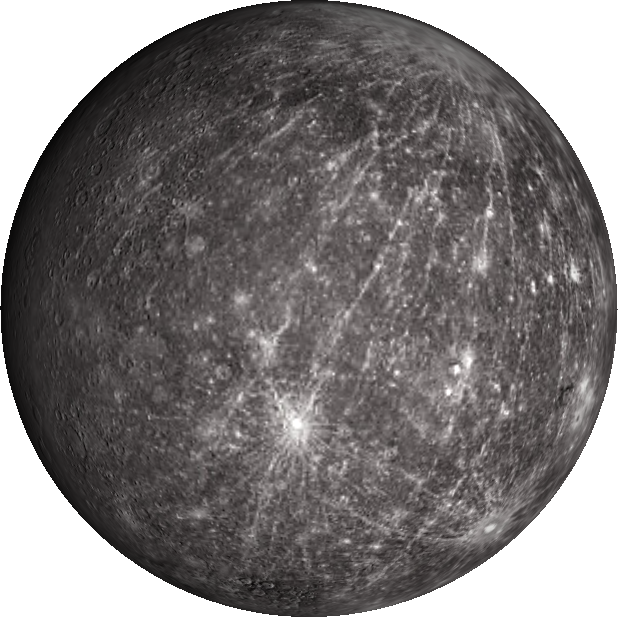
Image source
Mercury the first and smallest planet in the Solar System. It is the closest planet in the sun. There is no satellite. It circumscribed the Sun once every 88 days. Its brightness varies from -2.6 to 5.7. But it is not easily seen from the Earth, because its largest angular difference with the Sun is only 28.3 degrees. It is visible only in the dark light of morning and evening. The amount of information collected about Mercury is relatively small. Navy navigator Mars Meriner 10 conducted a search operation in 1974 - 1975, and Messengers conducted investigative operations for 4000 times in 2004-2005
Venus

Image source
Venus is the second planet in the solar system in the distance from the Sun. This earthly planet is sometimes called the "sister planet" of the Earth, because there is a great deal of structural elements and conduct between Earth and Venus. When this planet emerges in the sky in the morning, it is also called Lucifer or Satan. In the morning sky, in the sky, it is called auskataara and in the evening sky it is called evening. There is no satellite.
Earth
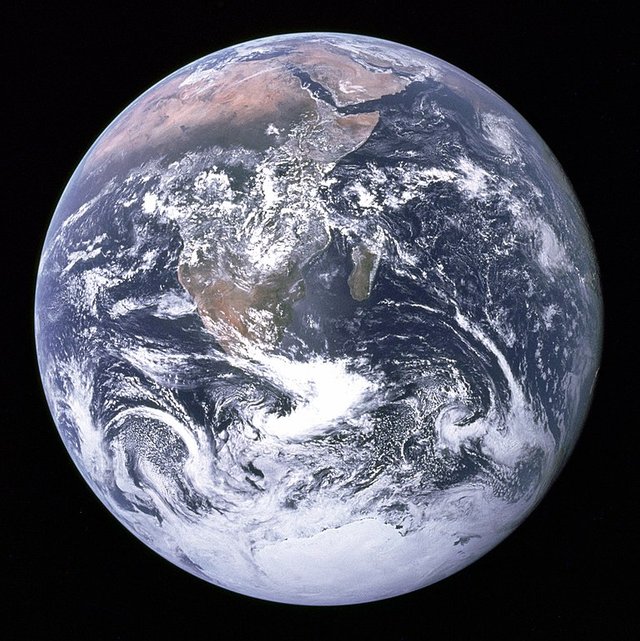
Image source
The third largest planet, according to the distance from the Sun, is the world's fifth largest planet in eight solar systems. It is one of four solid solar systems in the Solar System. The world's other name is "world" or "blue bear" The Greek name known as "Earth", known in English as Gaia (Γαῖα), is the Latin name of the planet "Terra".
Mars
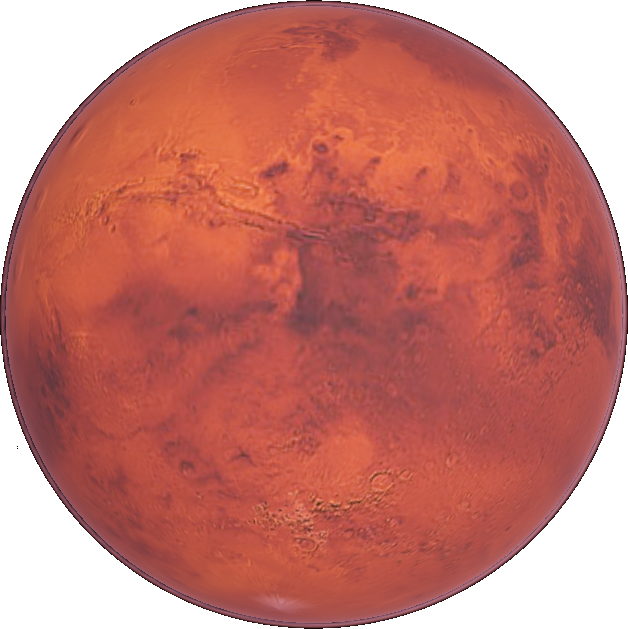
Image source
Licence
Mars is the fourth planet in the solar system. Due to its red appearance in the world, its name is red planet. Mars is the last earthly planet in the solar world. That is, it also has the earth like earth. It has a very weak atmosphere, its earth's surface, with many moons like moons, and volcanoes, deserts and polar ice like Earth. The largest mountain in the solar system is located on this planet. Its name is Olympus Mons. The largest deep canopy on this planet, also called Wallis Marinaris. The rotation of Mars and the change of season are much like the Earth.
Jupiter
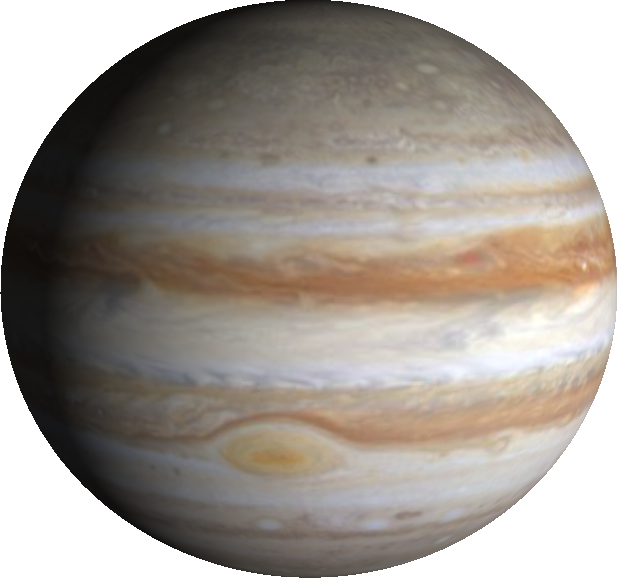
Image source
Jupiter is the fifth largest in the solar system and the largest planets in the solar system Without Jupiter, the mass of all the other planets in the solar system, but the mass of Jupiter will be two and a half times greater than that. Three more planets including Jupiter, Saturn, Uranus and Neptune are called gas monsters together. The other popular name of the four is Jovian Planet. The word Jovian is the adjective of Jupiter. Zeus is used as the Greek synonym for Zeus. Know this from Zeus - the origin has originated. This Jupiter, or Jupiter Planet, has been created by this root. For example: Zenologic. Exact value of Jupiter can be found in the Earth's view 2.8. It is the third bright light visible in the sky in the earth. More than just the moon and Venus's brightness. However, in some points of orbit Mars's brightness is more than Jupiter. The planet was known to astronomers and astronomers since ancient times. Various myths and religious beliefs of different cultures have been revolving around Jupiter. The Romans named the planet in the name of the mythical character Jupiter. Jupiter is the main god of Roman mythology. This name comes from pre-Indo-European vocabulary, which means the father of the sky.
Saturn
.jpg)
Image source
Saturn is the sixth planet in terms of distance from the Sun and the second largest planet in the solar system after Jupiter. It is a giant giant whose radius is about nine times the diameter of the Earth. The average density of Saturn is, however, one-eighth of the Earth's average concentration. But for the greater volume of this planet, it is 95 times more frequent than Earth. The Bengali name of the planet Saturn came from the name of the Hindu planetarium. On the other hand, the English name Saturn came from the name of the Roman agriculture goddess Saturn and the astronomical symbol of Saturn (♄) that symbolizes the sickness of the Roman god.
Uranus
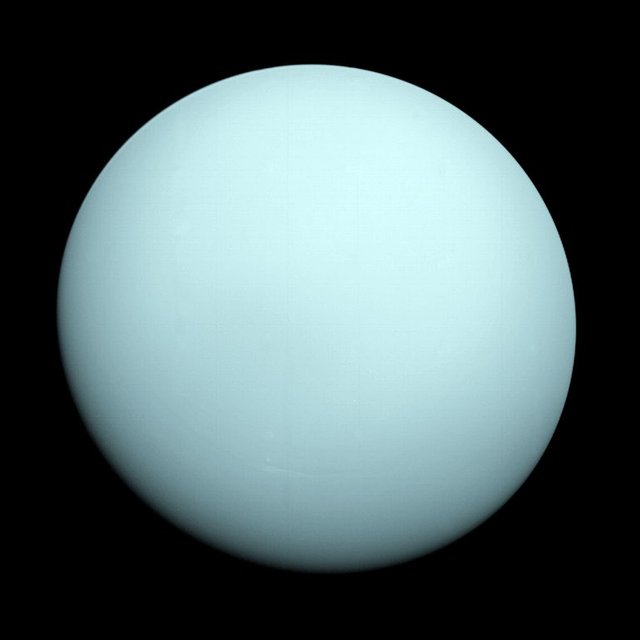
Image source
Uranus is a planet in the solar system. Its position is 7th and the third largest in size. The name of William Herschel is specially associated with the discovery of this planet. Originally, many planets of this planet were previously noticed, but they could not take it as a solar planet. In 1690, John Flamstead saw this planet for at least six times. He named this planet as a star in the constellation of the Taurus. French astronomer Pierre Lemoniae observed this planet approximately 12 times within 1750 to 1769. But he also identified it as a star. Sir William Herschel first observed this planet on March 13, 1781, and described it as a comet on April 26 of that year. After further observation, he recognized it as the planet of the solar system. In the beginning, many astronomers did not want to believe it. Ultimately, it is accepted internationally as a planet.
Neptune
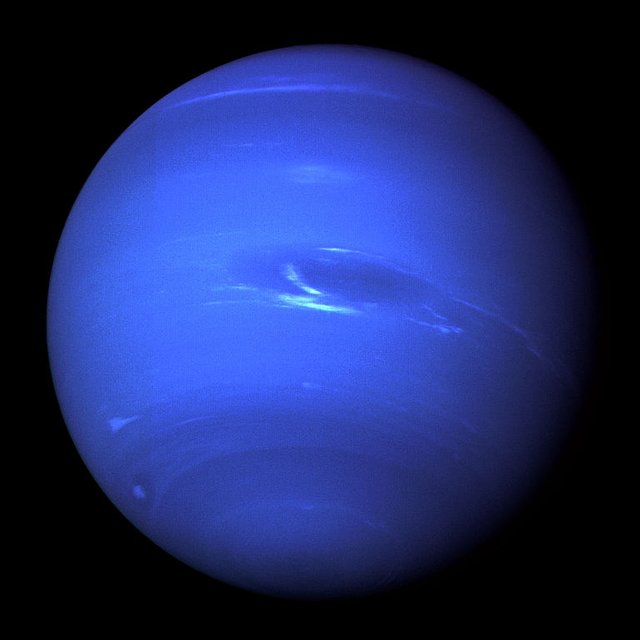
Image source
Neptune is the eighth planet in the solar system and the most distant planet from the Sun, which is named after the Roman sea god Neptune. Neptune is the fourth and third largest planet in the range.
Pluto
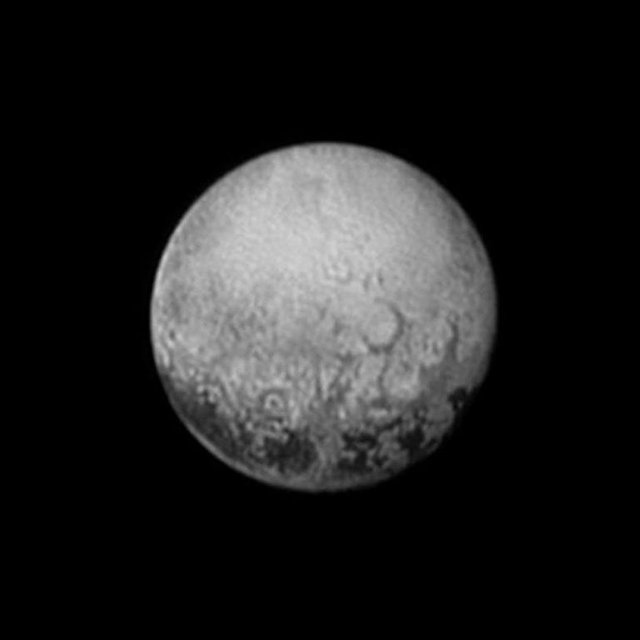
Image source
Pluto was discovered in 1930. Scientist Clyde W. Tombawah invented it. It takes its time to circumambulate the sun [as the Earth] 248 years. The average distance of Pluto from the Sun is 600 million kilometers. Pluto's speed in the orbit only 4.7 kilometers Its diameter is about 3000 kilometers. It has five satellites. Pluto has a large amount of methane gas. Though it has been kept in the planet for a few years, it has been found to be a dwarf planet since 2009.
Thank you for read this post.If you have any question about science, ask in the comment box.I will try to give answer your question.Follow me to get more information about science.
Join my discord server.
Follow me on Facebook
Follow me on Linked In
Follow me on Twitter
Follow me on Google+
Reference
- What is planet? Web Document
2.Nine Planet Solar System Tour, Web Document
If you are interested in science, technology and mathmetical things on steemit, join the steemstem community. To get more informtion about steemStem click here. Join steemStem discord server.

✅ Enjoy the vote! For more amazing content, please follow @themadcurator for a chance to receive more free votes!
Congratulations @mr-science! You have completed the following achievement on the Steem blockchain and have been rewarded with new badge(s) :
Click here to view your Board
If you no longer want to receive notifications, reply to this comment with the word
STOPTo support your work, I also upvoted your post!
Hi @mr-science, your post has been upvoted by @bdcommunity and the trail!
If you want to support us, please consider following our curation trail on Steemauto.com or delegating STEEM POWER to us.
JOIN US ON
Congratulations! This post has been upvoted from the communal account, @minnowsupport, by mr-science from the Minnow Support Project. It's a witness project run by aggroed, ausbitbank, teamsteem, someguy123, neoxian, followbtcnews, and netuoso. The goal is to help Steemit grow by supporting Minnows. Please find us at the Peace, Abundance, and Liberty Network (PALnet) Discord Channel. It's a completely public and open space to all members of the Steemit community who voluntarily choose to be there.
If you would like to delegate to the Minnow Support Project you can do so by clicking on the following links: 50SP, 100SP, 250SP, 500SP, 1000SP, 5000SP.
Be sure to leave at least 50SP undelegated on your account.
This post received a 50% UpVote from @TechMojo.
Promote your work on the TechMojo Discord Channel